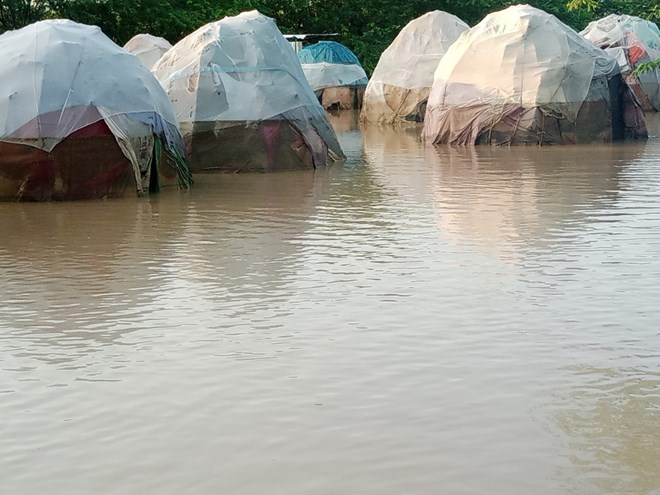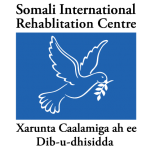N says heavy rains to affect about 770,000 people in Somalia

Source: Xinhuanet, Tuesday April 23, 2024
The upcoming heavier than normal Gu rains and floods in 22 districts of Somalia are expected to affect some 770,000 people, the UN Office for the Coordination of Humanitarian Affairs (OCHA) said on Sunday.
Photo taken on Nov. 21, 2023, shows makeshift structures for internally displaced persons (IDPs) submerged in floodwater at Berdale, Southwest State of Somalia. (Photo by Abdi/Xinhua)
The upcoming heavier than normal Gu rains and floods in 22 districts of Somalia are expected to affect some 770,000 people, the United Nations Office for the Coordination of Humanitarian Affairs (OCHA) said on Sunday.
OCHA said the April-to-June Gu rains have started in most regions of the country, with heavy rains in some areas, though no flash or riverine flooding has been reported yet.
advertisements
“Humanitarians have developed a plan to mitigate the anticipated impact of the Gu rains, but require urgent resources to ensure timely response,” OCHA said in its latest humanitarian update released in Mogadishu, the capital of Somalia.
According to the UN agency, 51 boats are available to evacuate people and deliver assistance in priority locations along the Shabelle and Juba rivers, and to deliver assistance to areas that may be cut off, or evacuate people who may be marooned.
“In various hotspot locations, partners are conducting gap analysis and engaging in early warning and community awareness activities, especially in evacuation sites,” OCHA said.
However, it said, the rains have brought relief to pastoralists and agro-pastoralists across the country, regenerating pasture and filling up water points.
In late 2023, heavy Deyr (October to December) rains and flooding displaced 1.6 million people from their homes, according to the UN.
Last month, OCHA warned that the heavy rains are also expected to trigger cholera outbreaks in areas where the disease has not been observed in years.
OCHA said it has teamed up with its partners and the Somalian health authorities to step up response and preparedness activities, guided by a six-month plan of action that requires 5.9 million U.S. dollars to implement.
